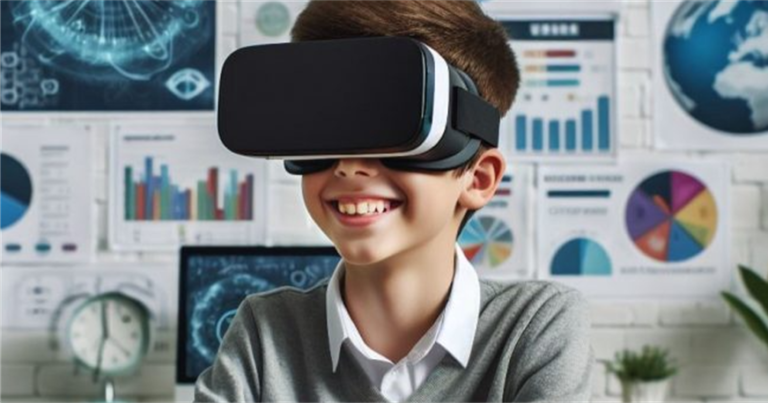How to Achieve Better Low-Light Photography
Low-light photography can be challenging. It tests your skills and creativity. But with the right techniques, you can excel. Here’s how to achieve better low-light shots.

1. Use a Fast Lens
A fast lens is crucial. It has a wide aperture. This allows lighter in. Look for lenses with f/2.8 or lower. They help capture brighter images. They also create a beautiful background blur.
2. Increase ISO Sensitivity
ISO sensitivity regulates your camera’s light sensitivity. Higher ISO levels perform better in low-light conditions. But be careful of noise. Find a balance that meets what you want. To achieve the most effective results, try different ISO levels.
3. Slow Down Your Shutter Speed
In photography a slower shutter speed allows for more light. However, this increases the chance of motion blur. Apply a tripod to support your camera. It serves to keep photos sharp. Practice with various speeds. Determine what works best for your particular situation.
4. Use a Tripod
A tripod is essential for low-light shots. It keeps your camera steady. This reduces blur from hand movements. Even a small shake can ruin a shot. Invest in a sturdy tripod.
5. Use Image Stabilization
If you cannot afford a tripod, try image stabilization. It is a feature found on many cameras and lenses. It minimizes the impact of camera instability. This is especially helpful for handheld photography.
6. Shoot in RAW Format
Shooting in RAW gives you more flexibility. It captures more detail and dynamic range. This helps you adjust exposure and colors later. RAW files are larger but worth it.
7. Use Manual Focus
Auto-focus may struggle in low light. Switch to manual focus instead. This gives you precise control. Use your camera’s live view feature for accuracy. Zoom in to fine-tune the focus.
8. Adjust White Balance
Low levels of light can have an impact on color temperature. Set your white balance settings. Make presets or manual modifications. This assists in keeping your photographs’ colors correct.
9. Find Creative Light Sources
Look for creative light sources. Streetlights, neon signs, or candles can enhance your shot. Incorporate these into your composition. They add interest and uniqueness to your photos.
10. Embrace the Dark
Darkness can be beneficial at times. Appreciate silhouettes and shadows. They can produce outstanding impacts. Experiment with different viewpoints and configurations.
11. Use Reflected Light
Bounce light off surfaces to highlight your subject. Use walls, ceilings, and reflectors. This approach softens shadows and creates depth. It’s ideal for portraits and other close-up photos.
12. Pre-Visualize Your Shots
Plan your shots before you shoot. Visualize how you want the final image. This helps you make better decisions on settings and composition. A clear vision leads to better results.
13. Leverage Long Exposures
Longer exposures accumulate more light gradually. Apply this technique to nighttime landscapes or cityscapes. Place your camera on a tripod for support. Practice with various exposure lengths.
14. Utilize Available Light
Make use of existing light sources. Even a small amount can make a difference. Position your subject to maximize light use. This can add mood and texture to your photos.
15. Post-Processing Techniques
Post-processing may boost your low-light photographs. Set the exposure, contrast, and noise levels. Software like as Adobe Lightroom can be helpful. To keep a natural look, make reasonable changes.
16. Practice Patience
Low-light photography requires patience. Don’t rush your shots. Take your time to adjust settings. Review and learn from each photo. Patience leads to better results.
17. Understand Your Camera
Understand your camera’s settings and functions. Read the handbook and exercise. Recognizing your equipment allows you to adjust to various scenarios.
18. Experiment with Different Angles
Try various angles for unique perspectives. Low light can create interesting shapes and patterns. Experimentation often leads to surprising results. Don’t be afraid to try unconventional approaches.
19. Capture Motion Creatively
Use motion blur to create dynamic effects. Slow shutter speeds can capture movement. This adds a sense of motion and energy. Experiment with different speeds and subjects.
20. Stay Safe
When shooting in low-light conditions, stay aware of your surroundings. Keep your equipment secure. Be mindful of any potential hazards. Safety should always come first.
Low-light photography may be tough and profitable. Following these suggestions, you may improve your photography skills and produce amazing pictures. Remember, practice is essential. You’ll improve your shooting skills as you practice. Enjoy the process and continue to experiment. The outcomes will be worthwhile.
FAQ’s
What settings should I use for low-light photography?
How can I avoid blur in low-light photos?
Is it better to use manual focus or auto-focus in low light?
What are some tips for shooting in very dark environments?
How can post-processing improve my low-light photos?






